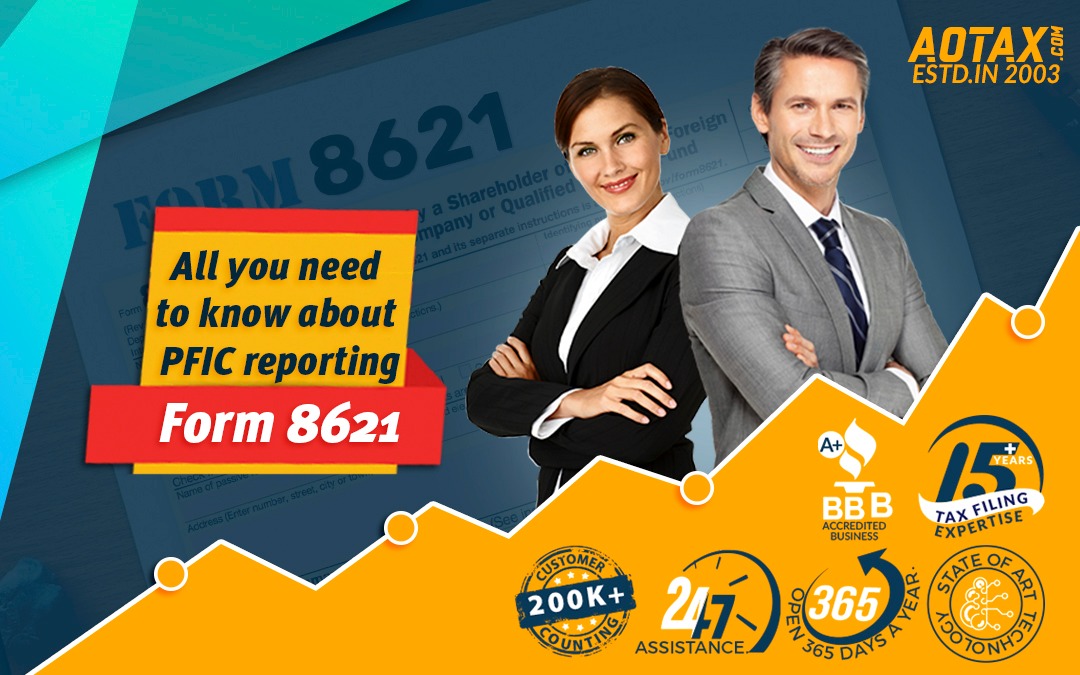
All you need to know about PFIC reporting – Form 8621
All you need to know about PFIC reporting – Form 8621
For any US resident paying taxes and keeping a track of the same is as important a duty as any other. Being on the top of your taxes will not you to plan and sort things out well in advance. On the other hand, it prevents you from getting under the scrutiny of the IRS.Form 8621 One such important aspect of your tax filing is Form 8621. Being aware of what it is and whether or not you should include it in your returns can be quite helpful. Form 8621 comes into the picture if you are someone who has invested or owns an interest in a PFIC or Passive Foreign Investment Company.
Why Should You File?
If due to some reason you forgot or intentionally did not attach a Form 8621 along with your returns, you might be looking at one of the stiffest penalties the IRS has. Your return would come under the category of an incomplete tax return. This, in turn, means that the IRS has the authority to dig deeper and audit your returns until they are convinced.
What is PFIC?
The following is a brief description of what fits into the description of a PFIC.
If more than 75% income of an organization for a taxable year is passive, PFIC would be applicable. For example, if you have a company that invests largely into stocks, ETFs or securities it would come under the passive income category. However, if you have a consulting company they income would fall into the category of earned income.
If more than 50% of the average assets held by a company is utilized to produce passive income or held for the sole purpose of creating passive income, it would come under the purview of PFIC. Rental income for an instance is passive income.
Threshold
Irrespective of whether you are filing your taxes as single or married jointly, if your income from PFIC is more than $25,000, you must report the same. For example, if your PFIC’s make about $50,000 for a taxable year or you have 6 PFIC’s each earning $7000, you will have to include them in your tax filing. On the other hand, if your income from PFIC is about $18,000 for a taxable year, you might not have to declare it.
How To Report PFIC
The first step to reporting your PFIC’s is identifying how many you have in the first place. You can then use any exchange rate to calculate the income. Usually, people follow the data provided by the Department of the Treasury exchange rates or the rates published by the IRS.
Once you have identified the PFICs and used the exchange rates, you can determine if the income has breached the threshold values or not. If it has, then you would need to file the Form 8621 along with your tax returns.
To fill the form, you would need to enter the following information.
- The name of the shareholder.
- The address of the shareholder.
- The year of filing for the shareholder.
- The type of shareholder.
- The name and the address of the PFIC.
The last step is a bit more challenging one. It requires you to write a summary of the information provided for Form 8621. The usual summary includes the different classes of shares, the date on which the shares were purchased for a taxable year, the number of shares that a shareholder holds by the end of the year, its valuation and the gains or losses made on them.






Recent Comments